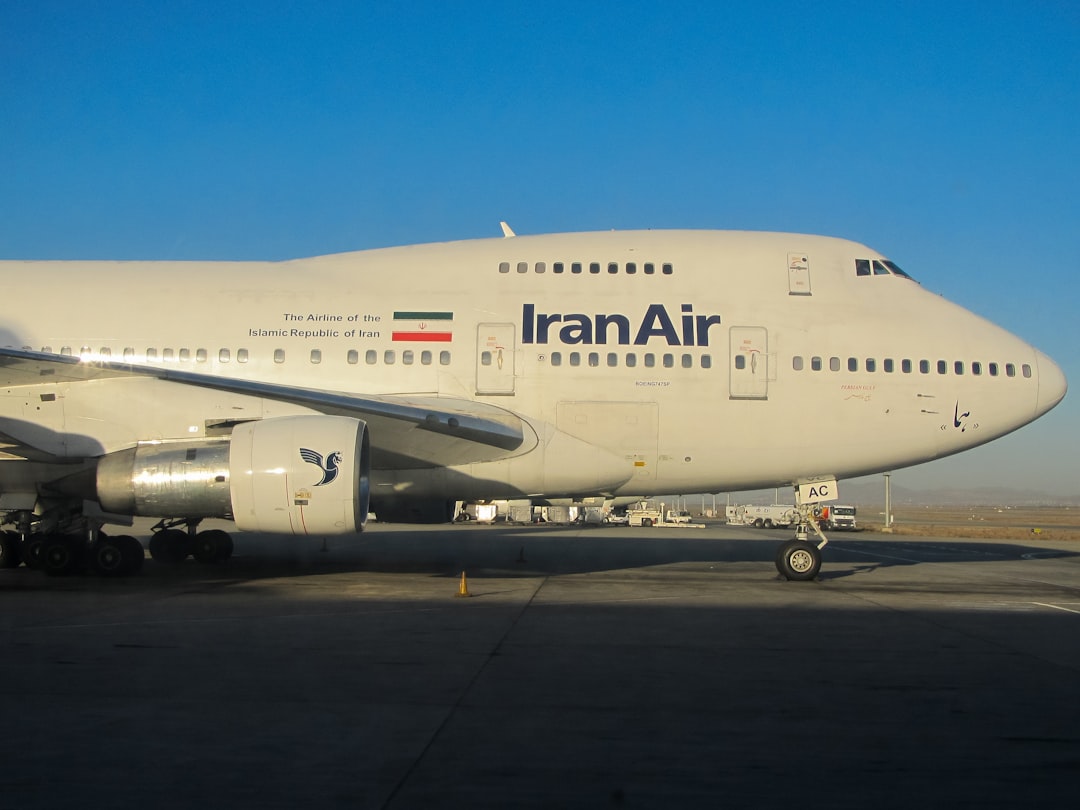Airspace on Alert: How US Strikes on Iran Ripple Across Global Travel
Tensions in the Middle East don't just dominate headlines—they rapidly disrupt the fabric of global travel. The recent US strikes on Iran have sent shockwaves through the aviation industry, underlining an uncomfortable reality: geopolitical conflicts now instantly translate into grounded flights, detours, and a surge in uncertainty for travelers and economies alike.
The New Geography of Flight Risk
Airlines rely on predictable, open airspace. When the US targets Iranian sites, as seen in these latest strikes, the fallout is immediate—major international carriers reroute or suspend flights, avoiding Iranian and nearby airspace deemed hazardous. As a result, Europe's long-haul connections to Asia, and even certain cargo corridors, are thrown into disarray. The impact isn't isolated: airports in hubs like Istanbul, Doha, and Dubai face a domino effect of delays and operational headaches.
| Stakeholder | Immediate Impact | Consequences |
|---|---|---|
| Passengers | Cancellations, delays | Missed connections, increased costs |
| Airlines | Rerouting, higher fuel | Financial losses, scheduling complexity |
| Regional economies | Drop in tourism, trade | Lower revenue, employment risks |
Geopolitics Meets Everyday Life
What makes these disruptions particularly unsettling is their unpredictability. The airspace above the Middle East—covering routes used by thousands of flights monthly—is suddenly recast as a high-risk zone. This dilemma brings into focus the dilemma airlines face: prioritizing passenger safety without crippling their own finances or causing global backlogs.
Nuanced Perspectives
- Safety First: Aviation regulators and carriers cannot gamble with security, as exemplified by past tragedies (such as the 2014 downing of MH17 over Ukraine).
- Economic Fallout: Every major closure of airspace costs airlines millions of dollars daily, burdens supply chains, and inconveniences passengers globally, reminding us how thin the margin is in just-in-time logistics.
- Traveler Anxiety: With maps lighting up in “no-fly” red at short notice, uncertainty becomes the new norm for tourists and business travelers.
Why This Matters More Than Ever
The pattern is clear: Regional hostilities no longer stay regional—they carry almost instant, worldwide consequences. In a hyper-connected era, what happens over the Strait of Hormuz can derail business deals in Shanghai or weddings in London. The industry’s struggle to build resilience—through better contingency planning, coordination, and traveler communication—has become mission-critical.
A Final Thought
As the boundaries between military conflict and civilian inconvenience blur, the travel industry must advocate for diplomatic solutions and technological innovations to ensure the world stays moving, even as crises erupt. For now, each military strike not only redraws borders on land, but also redraws the map in the sky.
This article was inspired by the headline:
'US strikes on Iran add to global travel disruptions and flight cancellations - AP News'.

Comments
No comments yet. Be the first to comment!